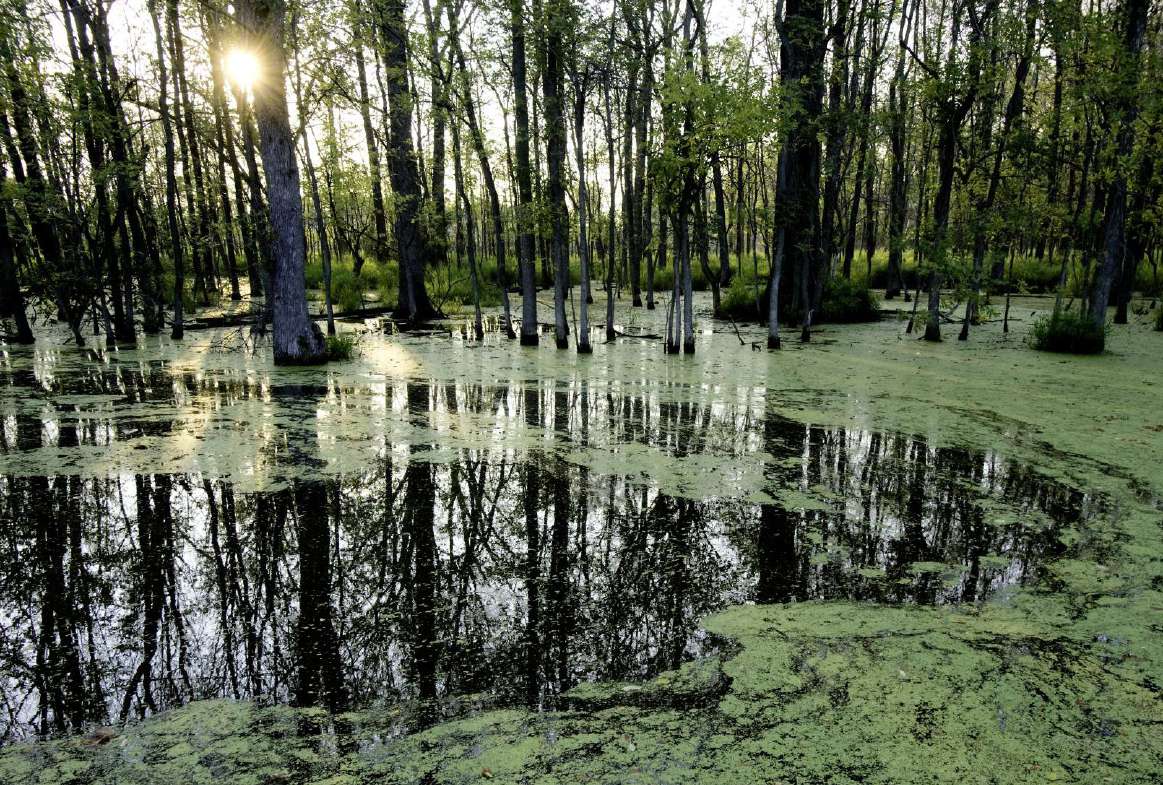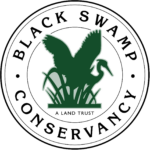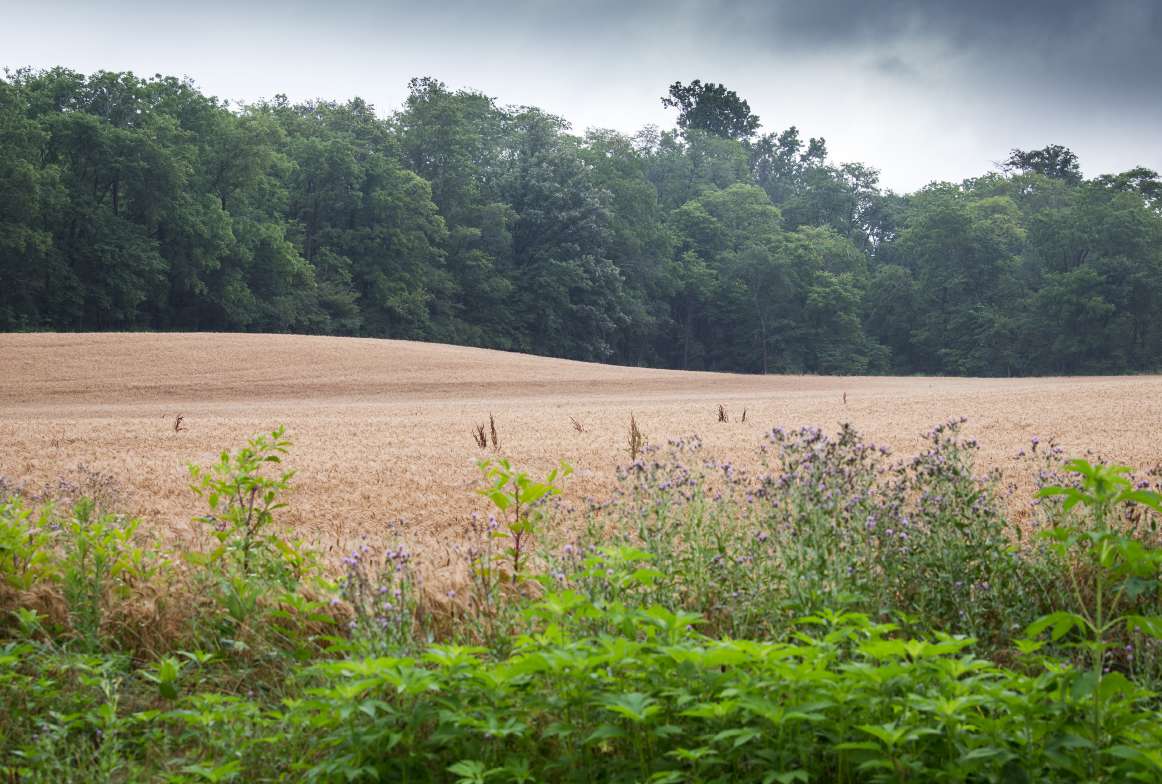
Hopeful commercial and real estate developers used to call Jane and Tom Schetter regularly, asking about their 145 acres of farmland and 40 acres of woods just north of Fostoria on a tributary of the Portage River. “Now we can just tell them, it’s in a conservation easement,” said Jane, “and that closes that down.”
Bill Frankart also chose an agricultural easement for his 510 acres in Sandusky and Seneca counties. Development pressure where he farms, farther away from cities for now, tends to be utility companies. An easement creates a shield that, for example, adds a layer of protection against a power company wanting to run transmission lines through his farm fields.
An easement can be designed to meet a family’s immediate and future needs. In the case of the Schetters, one parcel of land by the creek was kept out the easement and may be built on by one of the children in the future. For Bill Frankart, he was able to add to the easements over time, starting with 70 acres years ago and now including all 510 acres that he farms. Land preserved by an easement can be sold or gifted but the protection remains with the land, and it can never be developed with residential or commercial construction.
For both families, that permanency is satisfying. Six generations of the Schetter family have raised cattle, farmed, and lived on their land since 1935. Now they know it will always be open space. Schetter family members will remain living on their property in two homes. Those properties can be improved or replaced but no new construction will happen on the protected land. The creek that runs through their woods is a branch of the Portage River. It will continue to be a natural buffer, filtering the water leaving the farm and retaining stormwater and rainwater. Since they stopped raising cattle they have seen more ecological diversity return to the woods and fields. Jane Schetter said, “Cattle aren’t trampling around so the creek is clearer. We’re seeing wildflowers, and more deer and rabbits.” Their woods are diverse with nut-producing trees including buckeye, hickory, and black walnut, as well as black cherry, American beech, honey locust, maples, sycamores, and a few ash trees that escaped the emerald ash borer. The family continues to plant trees every year, including fir trees which provide their Christmas trees.
Bill Frankart and his family are actively working their land, farming corn and soybeans, and they plan to keep it that way. He said, “It’s important that we take steps to preserve farmland and keep land viable for food production in the future. Not just in Ohio, but internationally.” He realizes that other interests see big farm fields as a developable resource but to Frankart, the greater value of his land is the family business of food production. His easements ensure that he and his family can manage the property for the best production. His land management strategy includes use of filter strips around waterways, and he participates in the Conservation Reserve Program which takes environmentally sensitive land out of agricultural production.
Frankart weighed the costs and benefits of an easement. He appreciates the years of tax deductions he’ll receive for extinguishing his development rights and sees no downside. Some people told him that you lose value of the land when you put it in an easement. However, Bill said that since the goal is to keep this land as a family farm, lowered values can help with estate planning and generational transfers.
For the Schetters, their goal was simply keeping the family homestead and woods intact and in the family. Jane Schetter said, “We are pleased to have permanently preserved the land in an ever-changing society.”
To find out how to permanently preserve and protect agricultural land, start the process by talking to Black Swamp Conservancy. Find answers to initial questions online at blackswamp.org/conservation-options.


